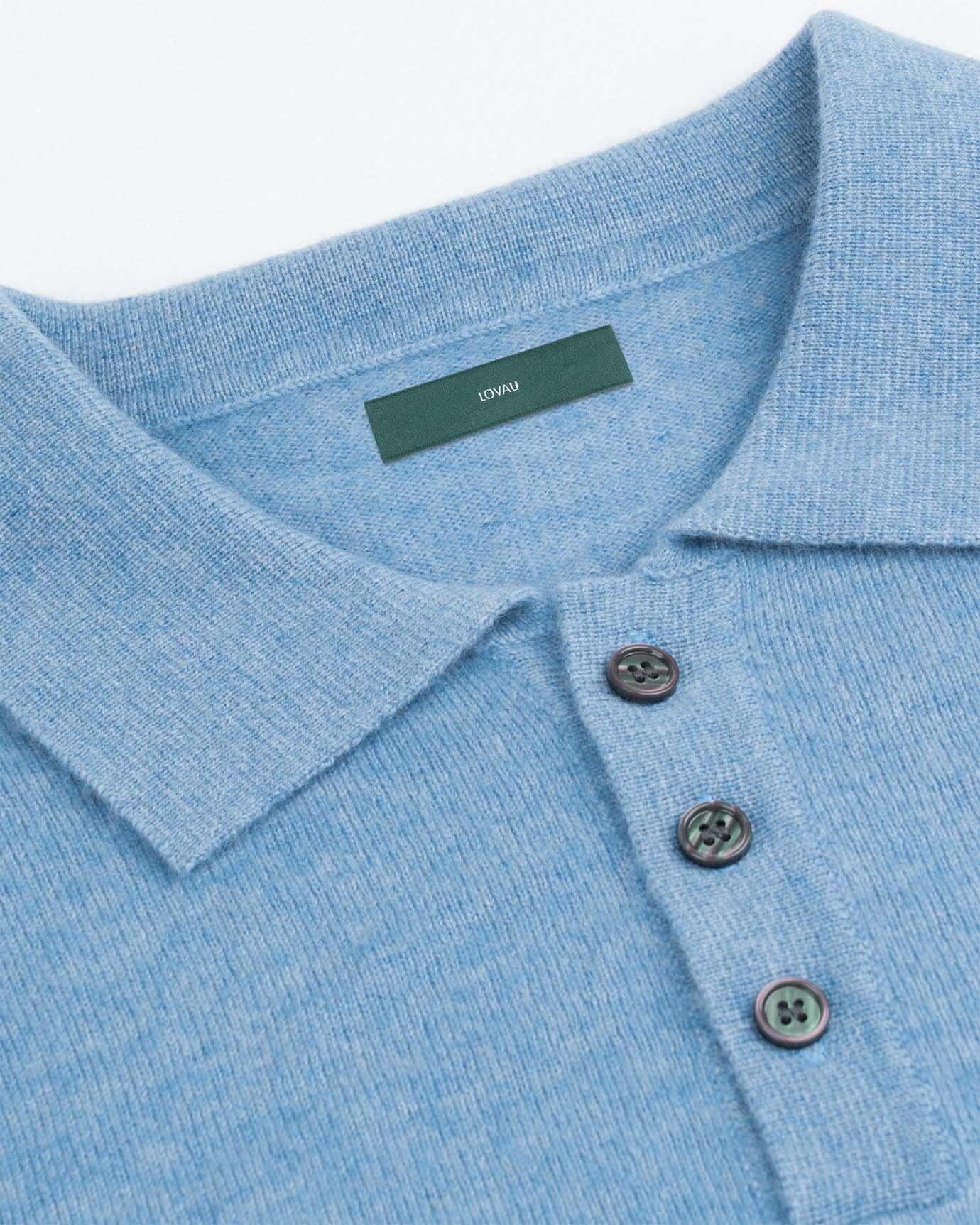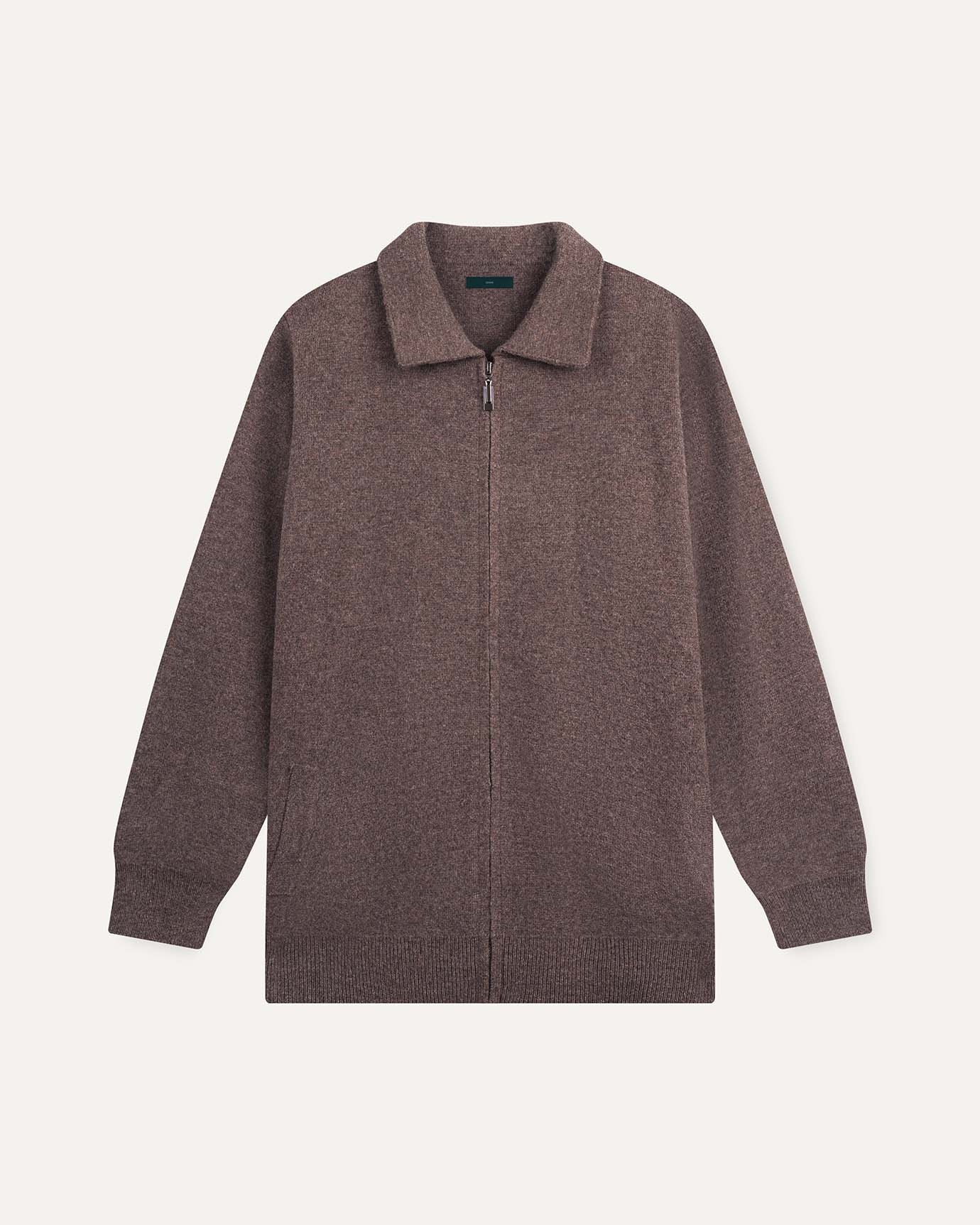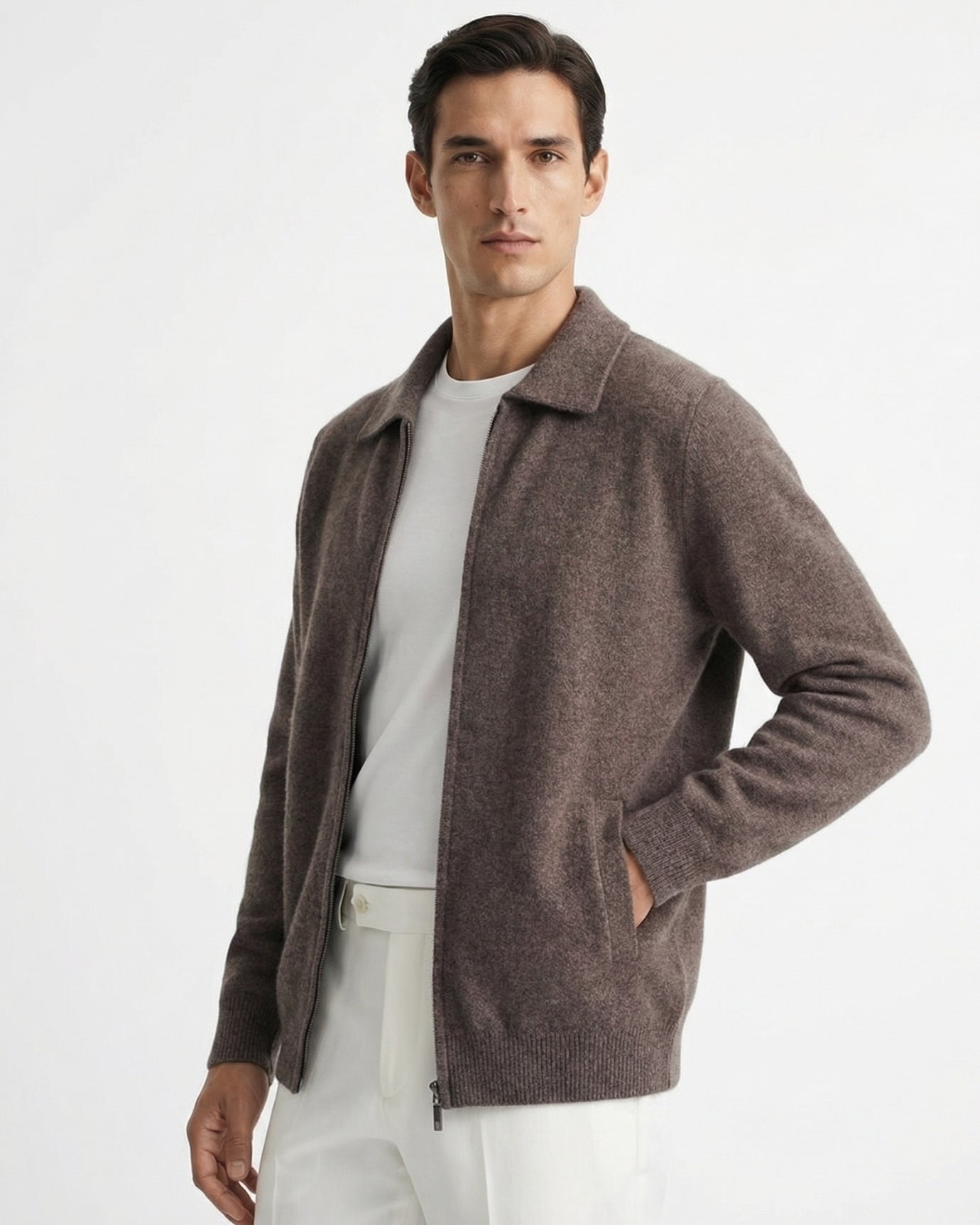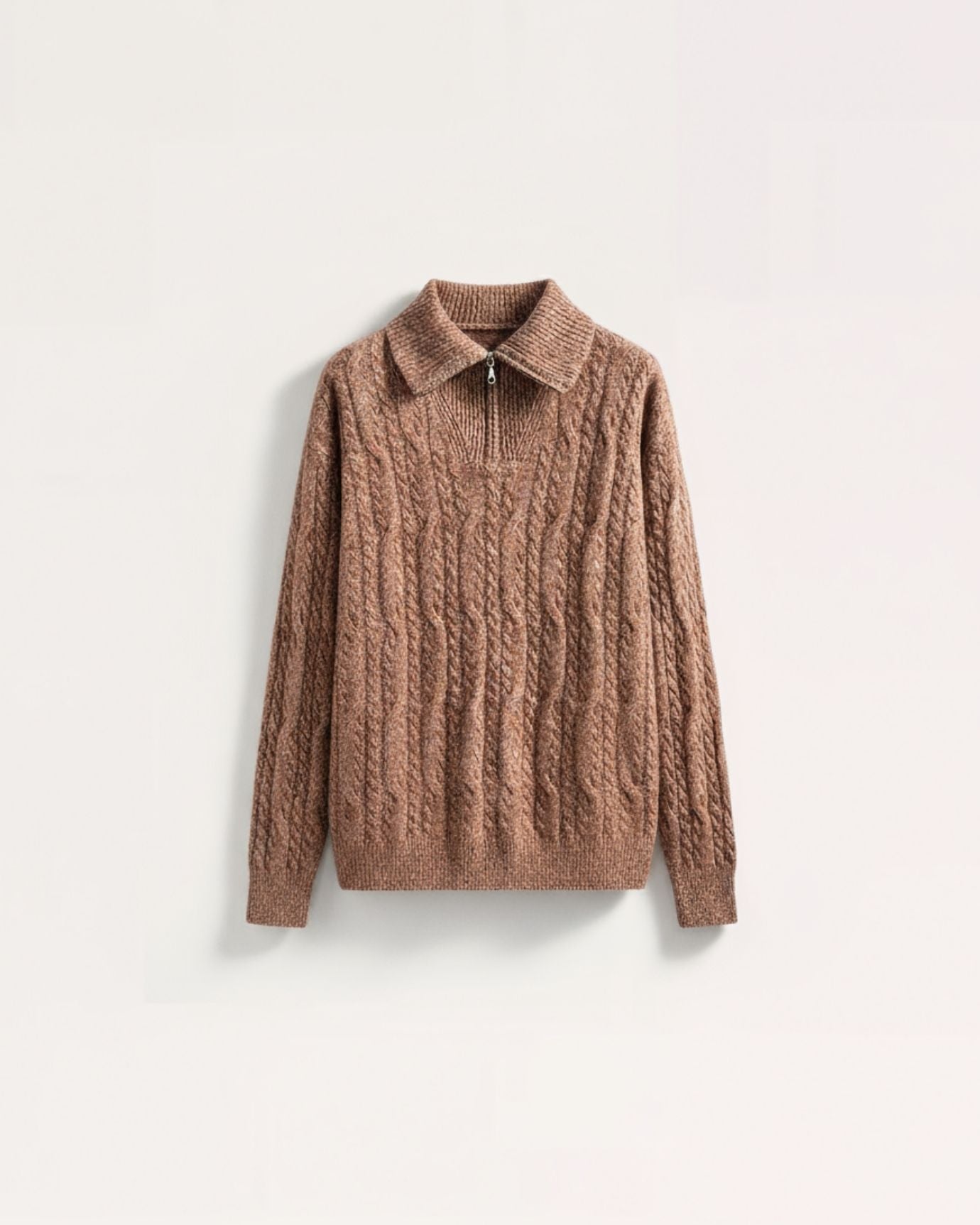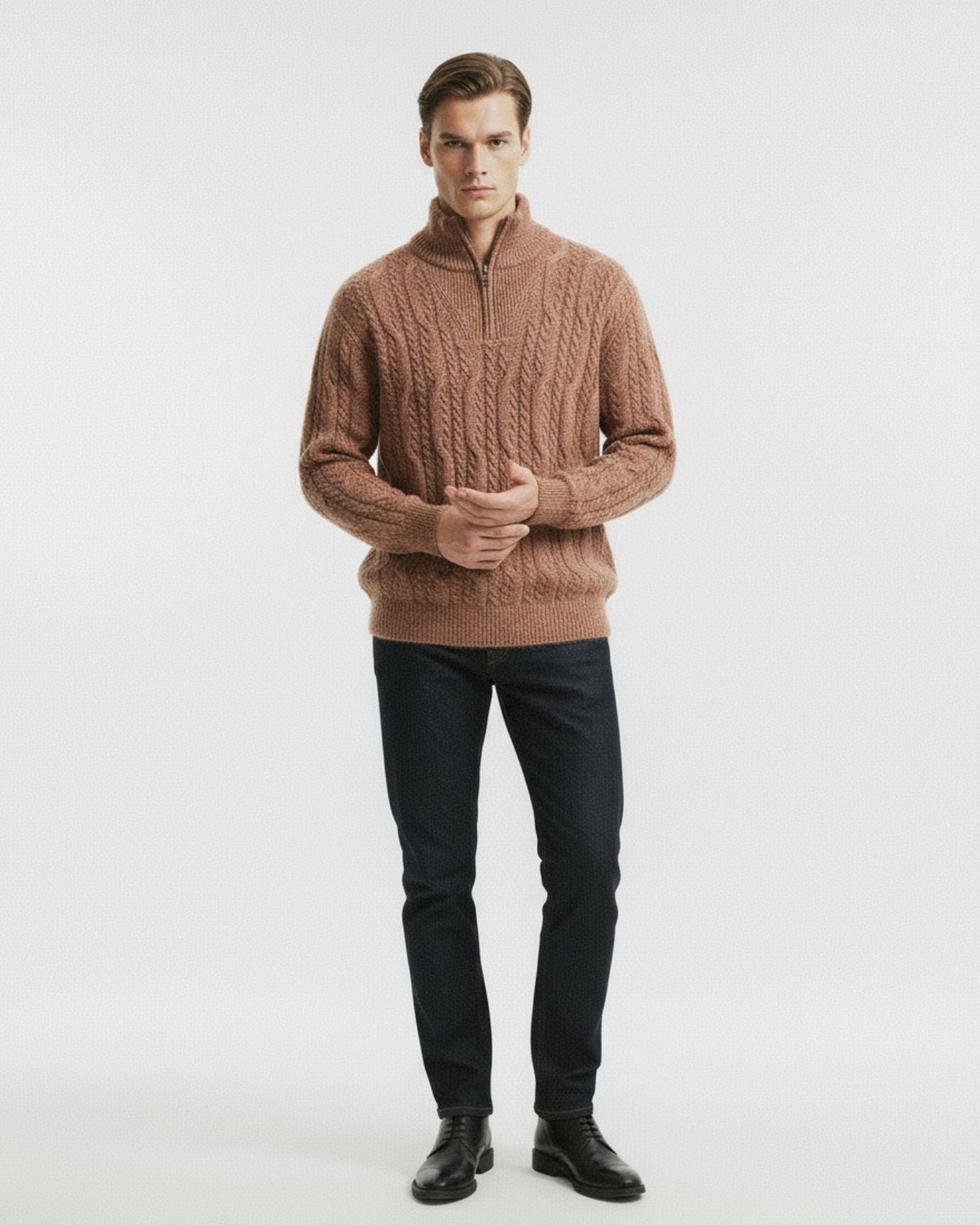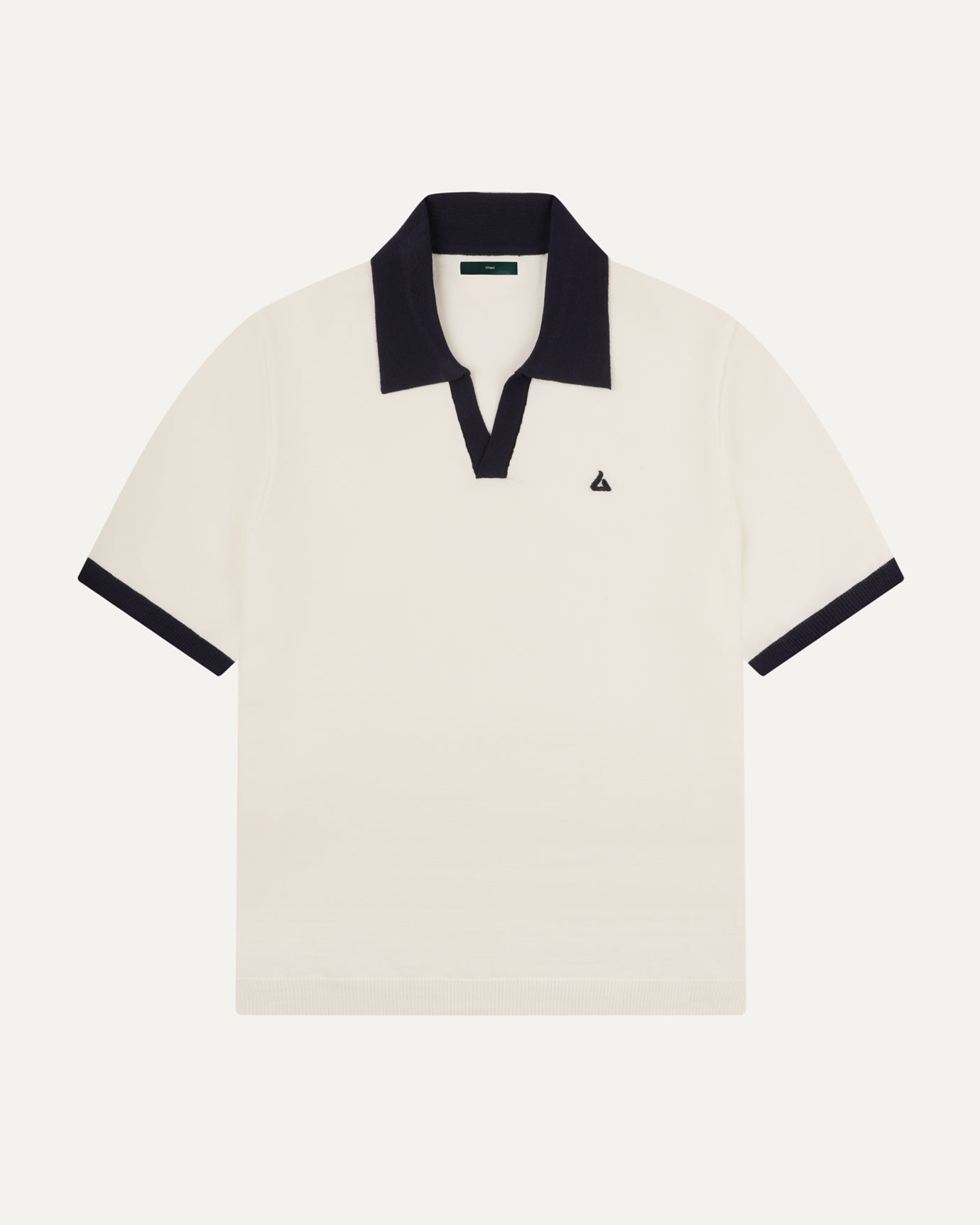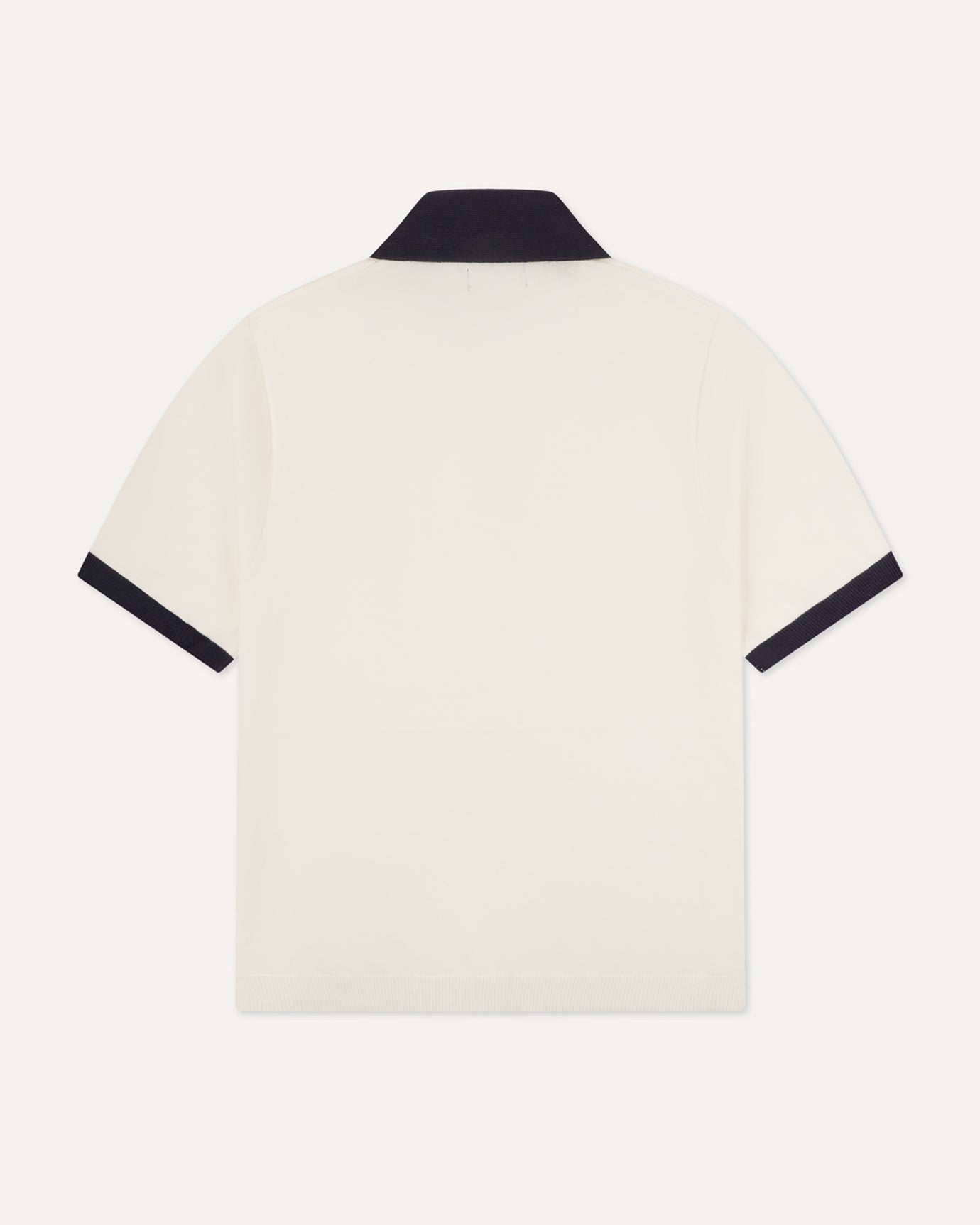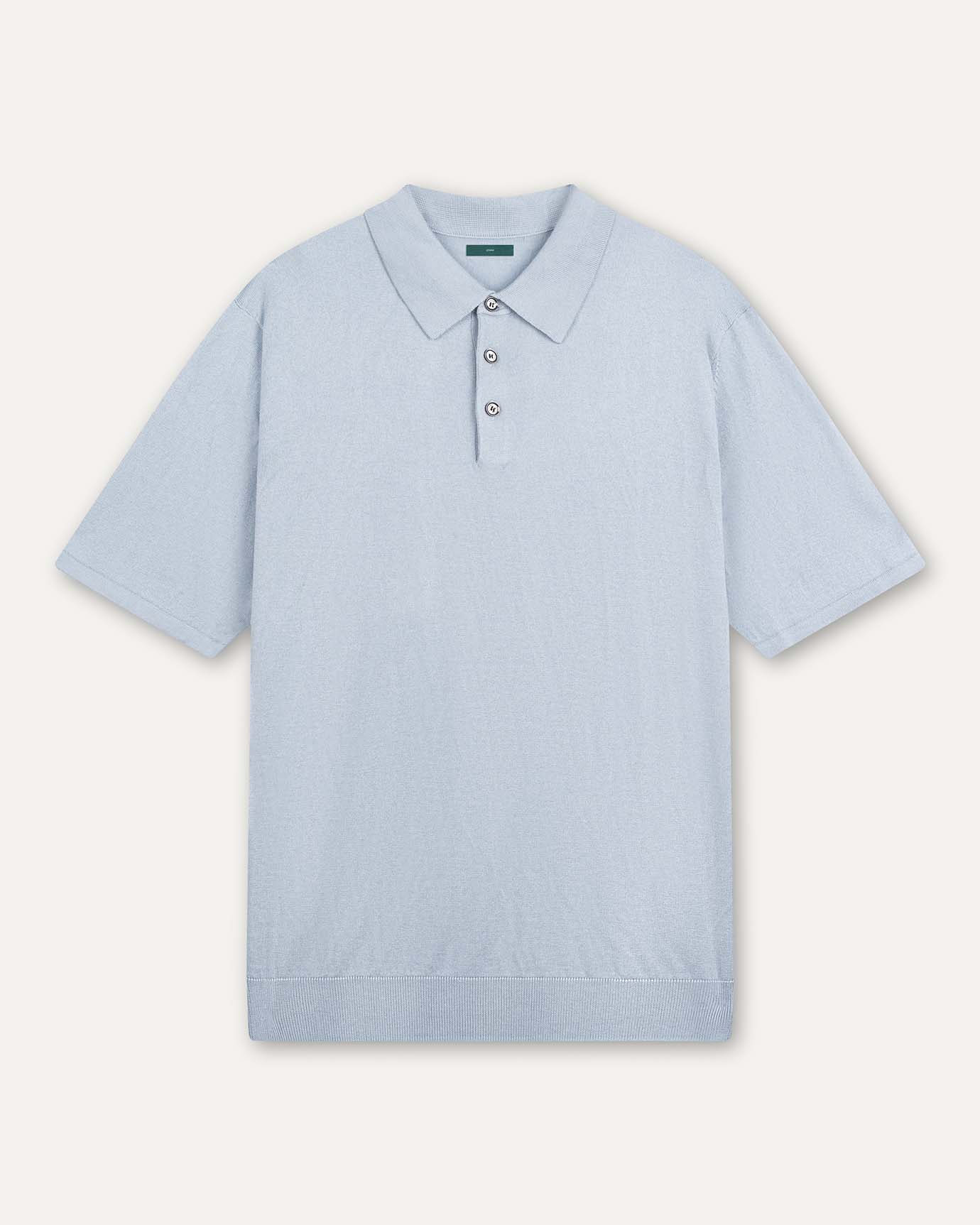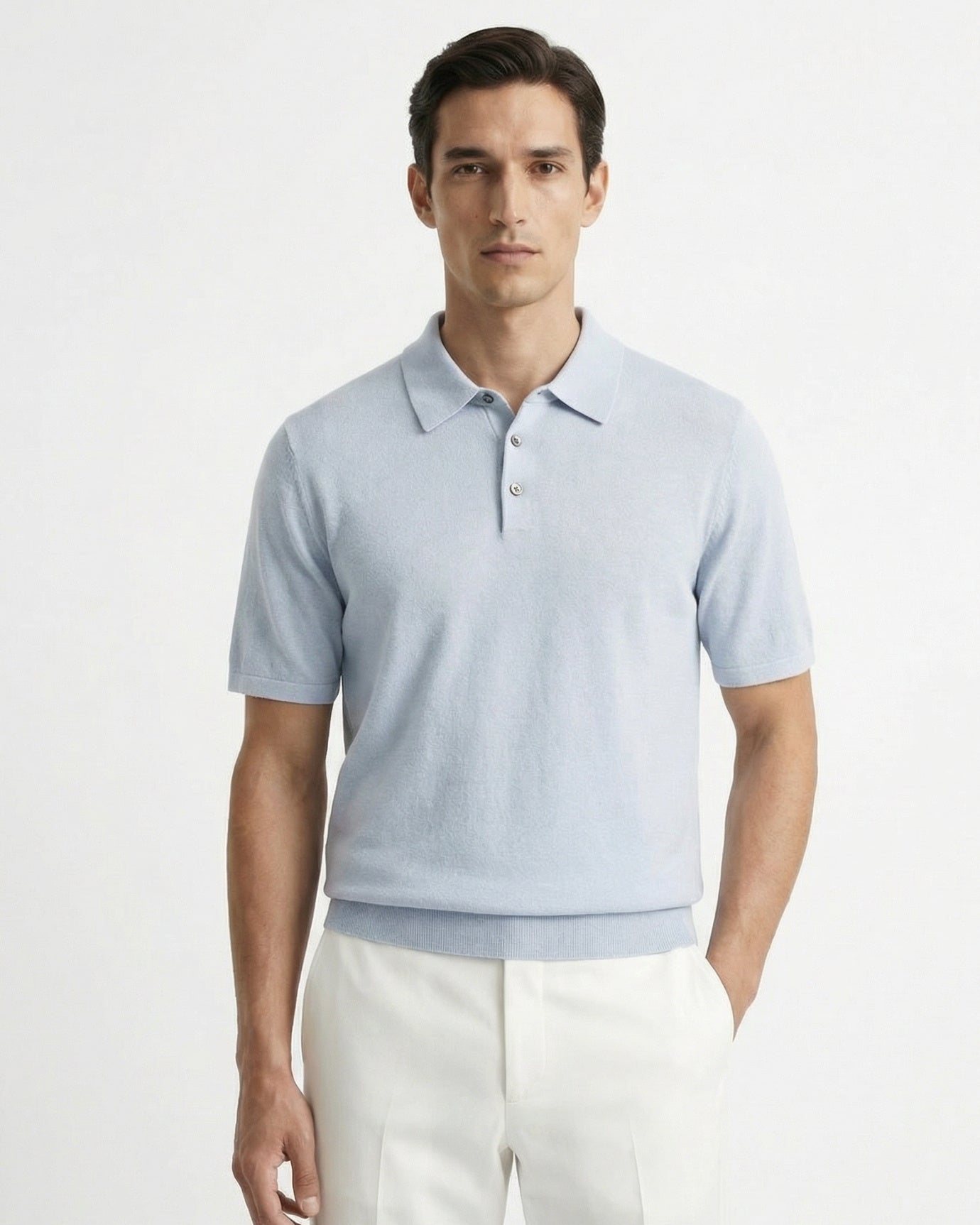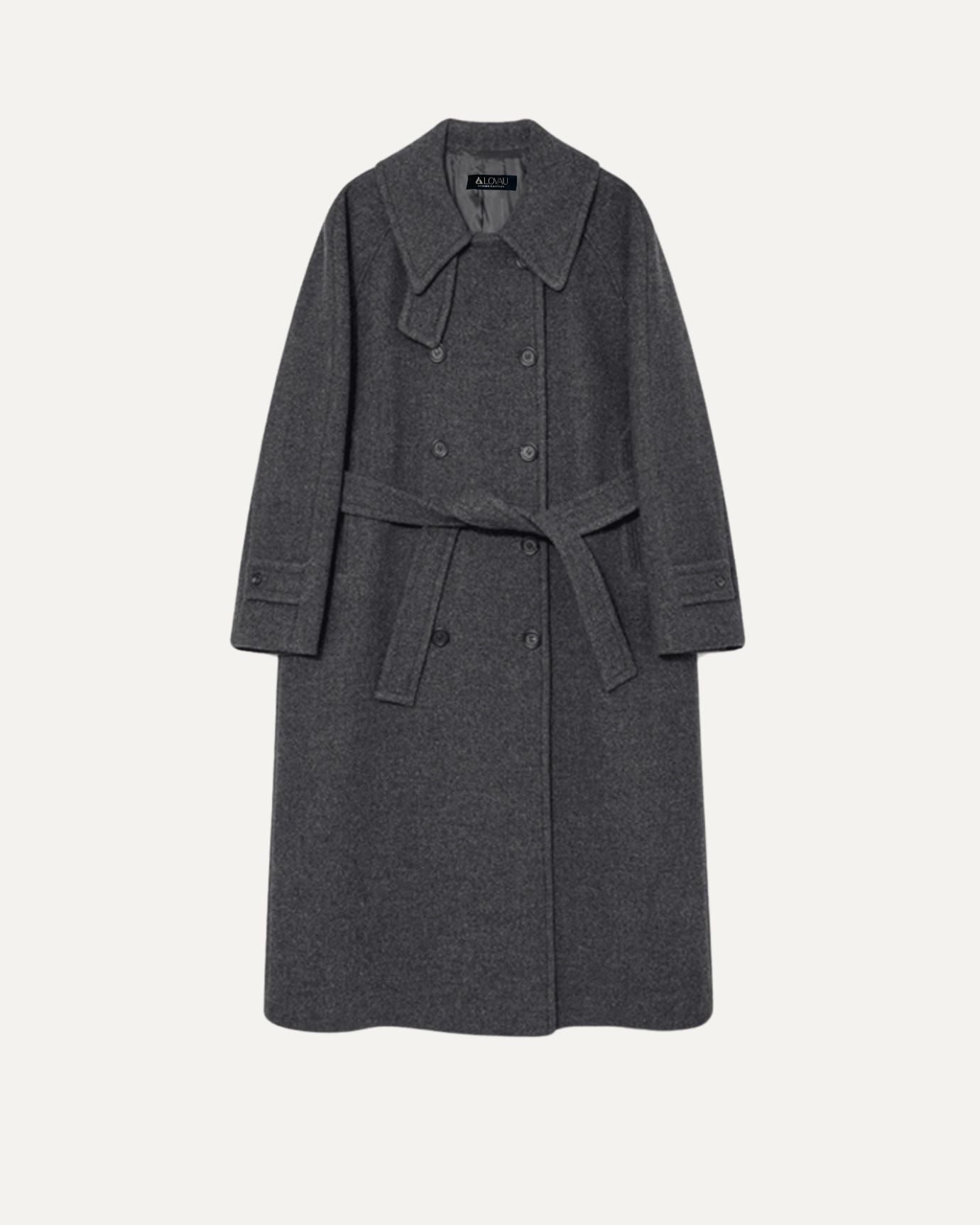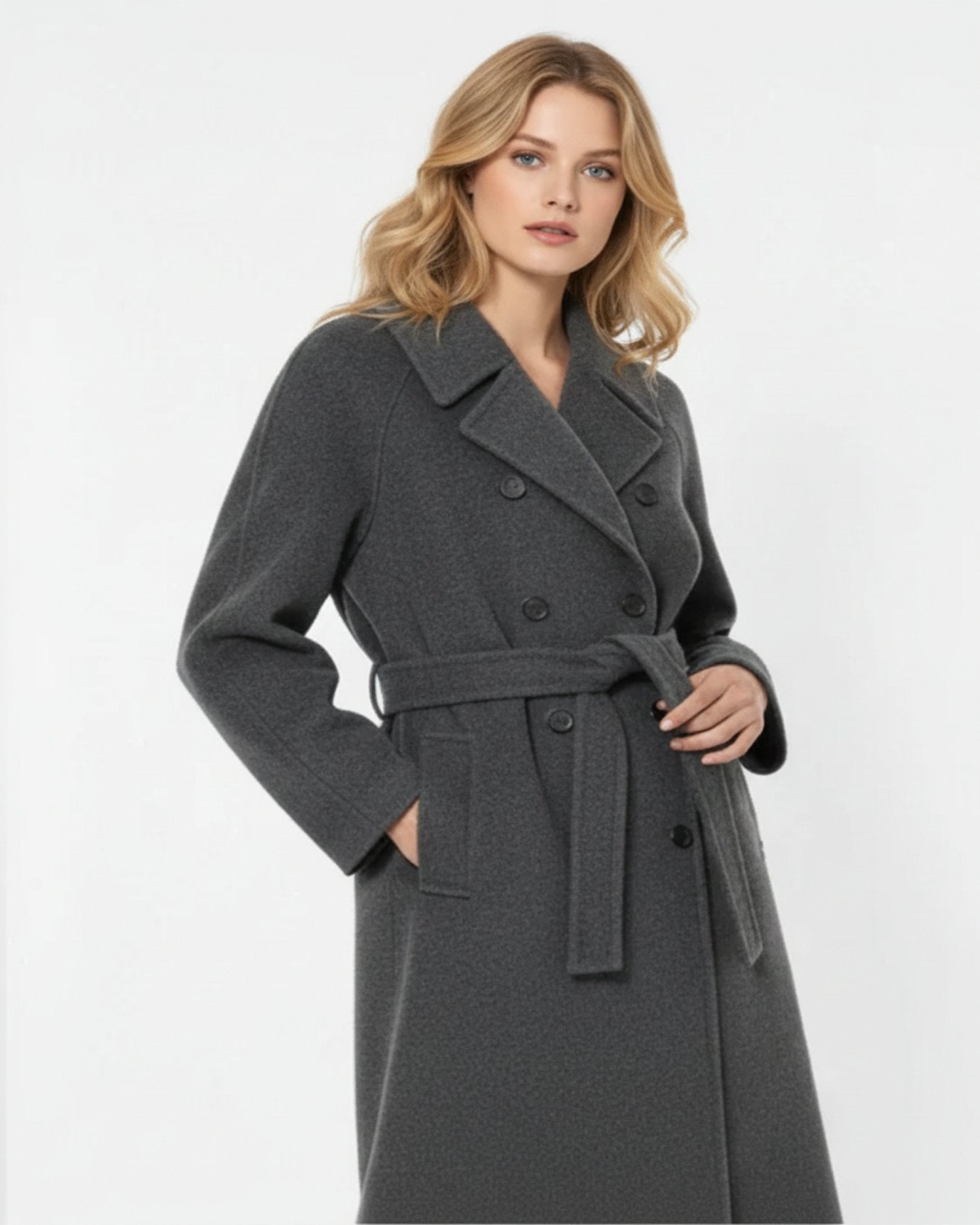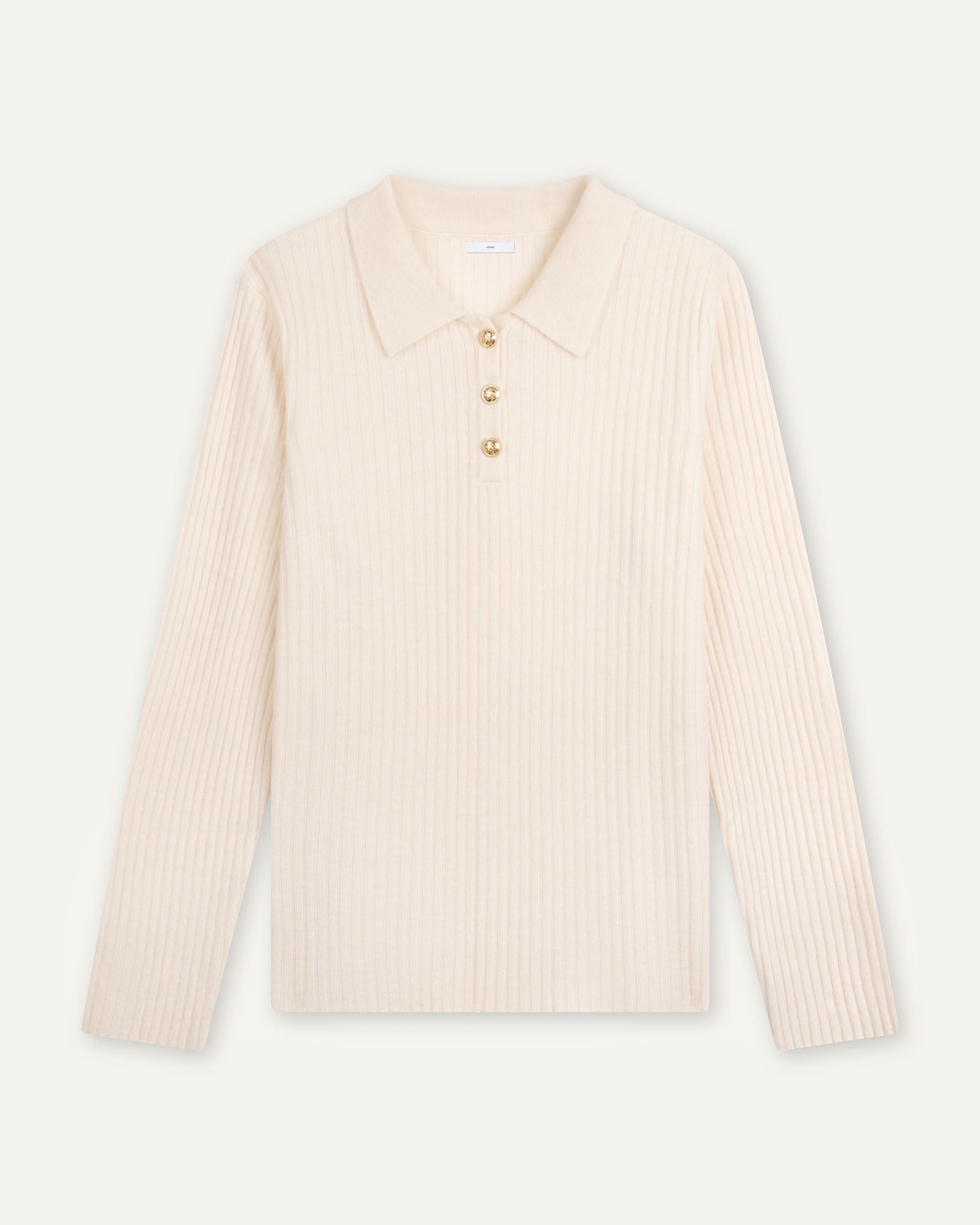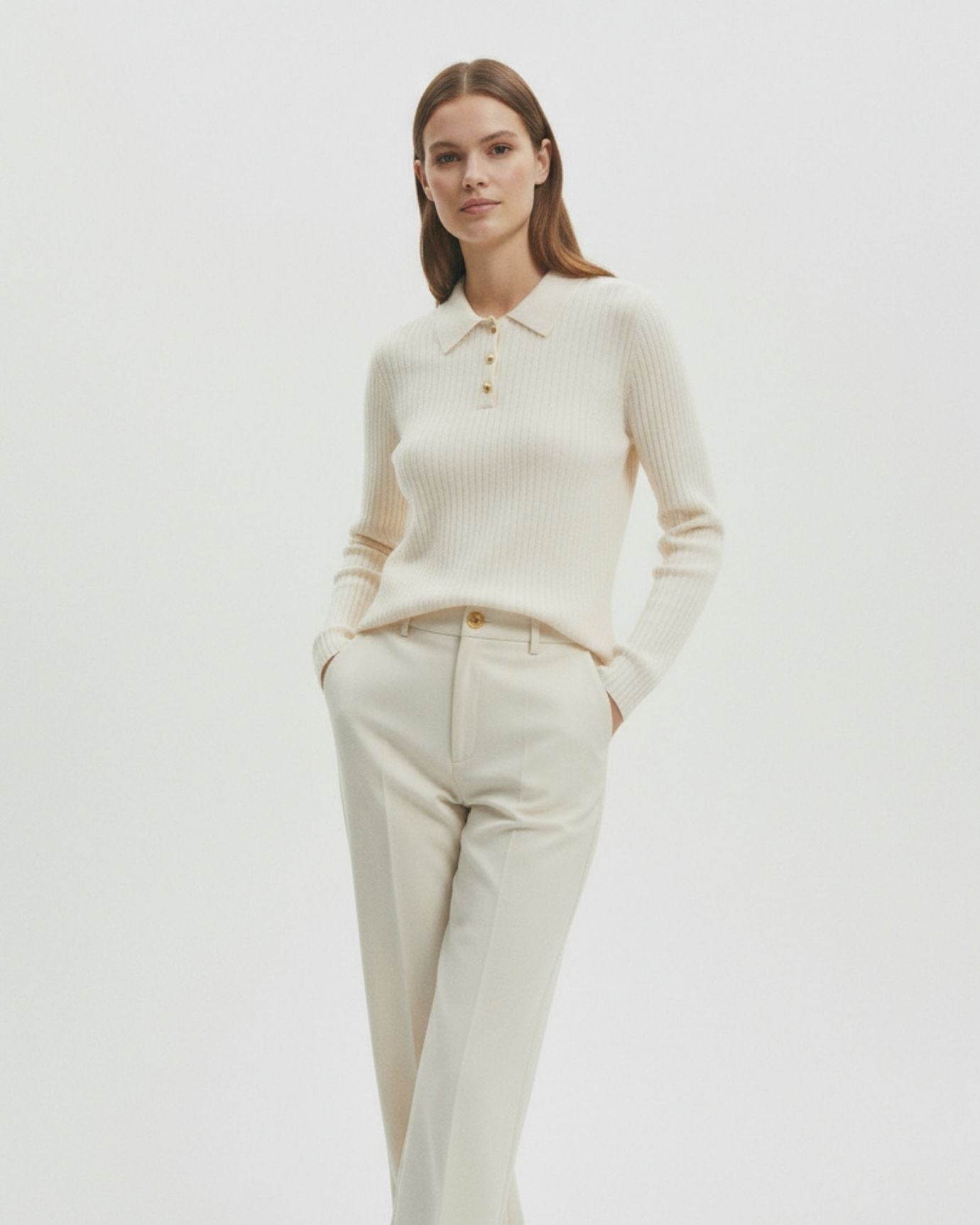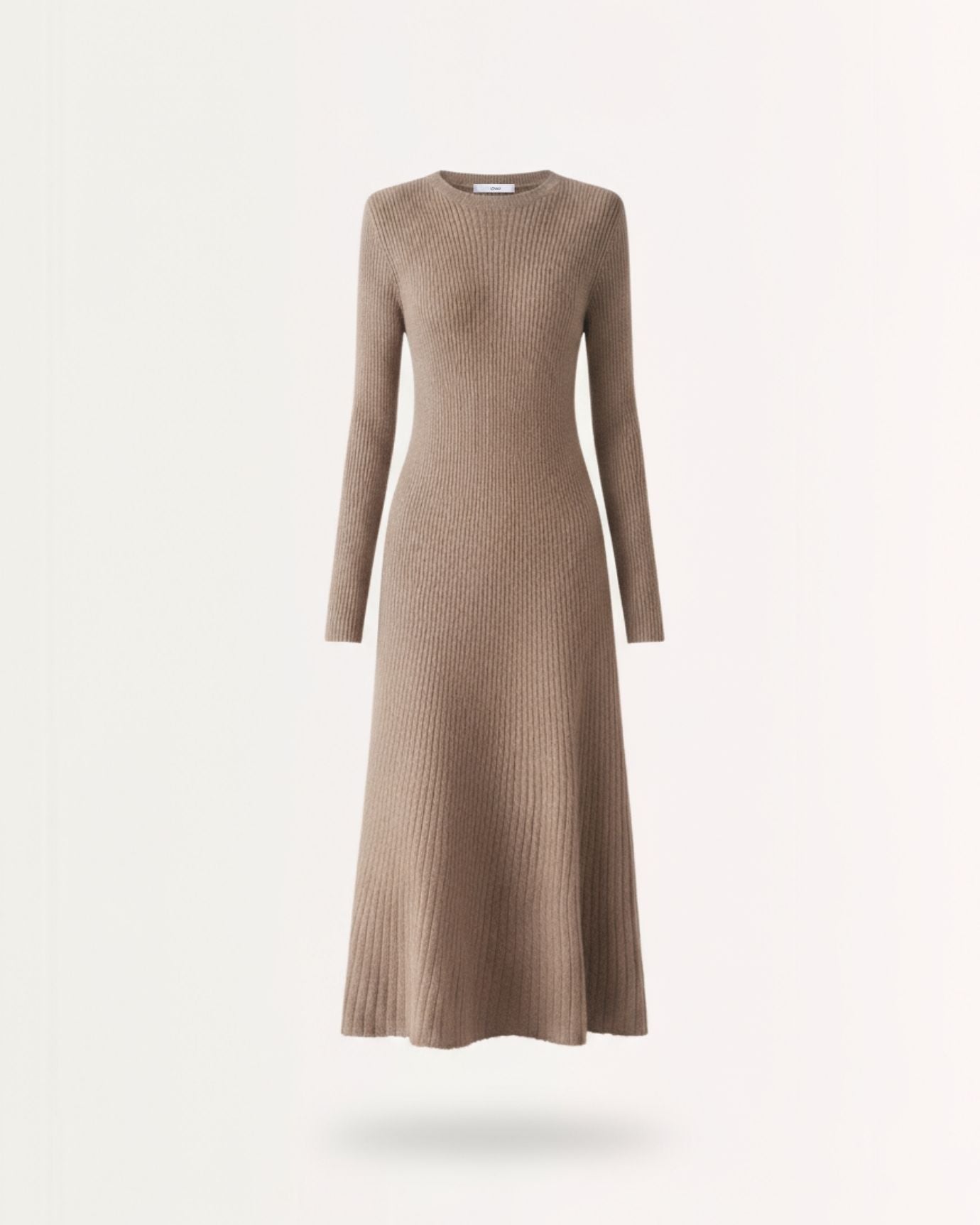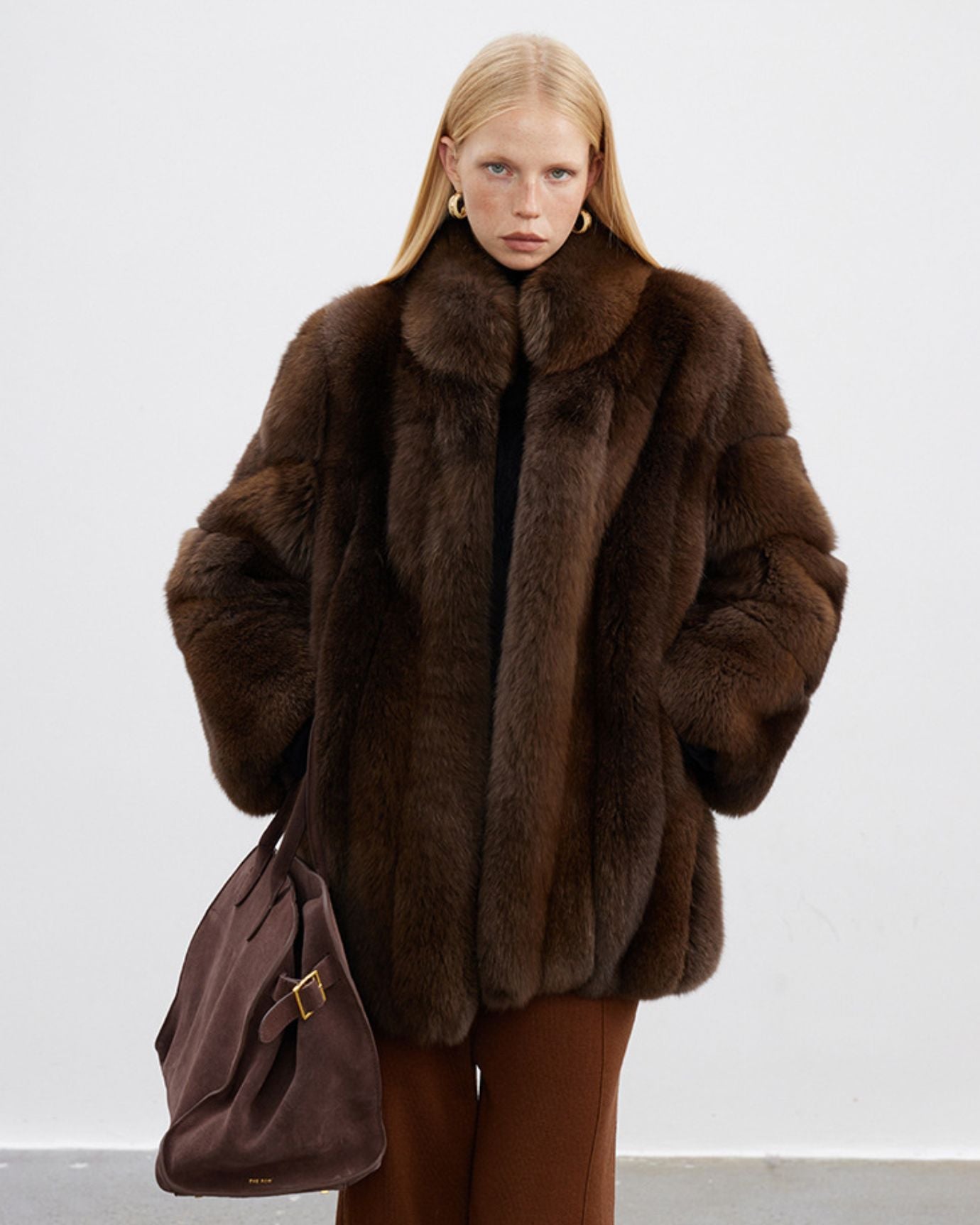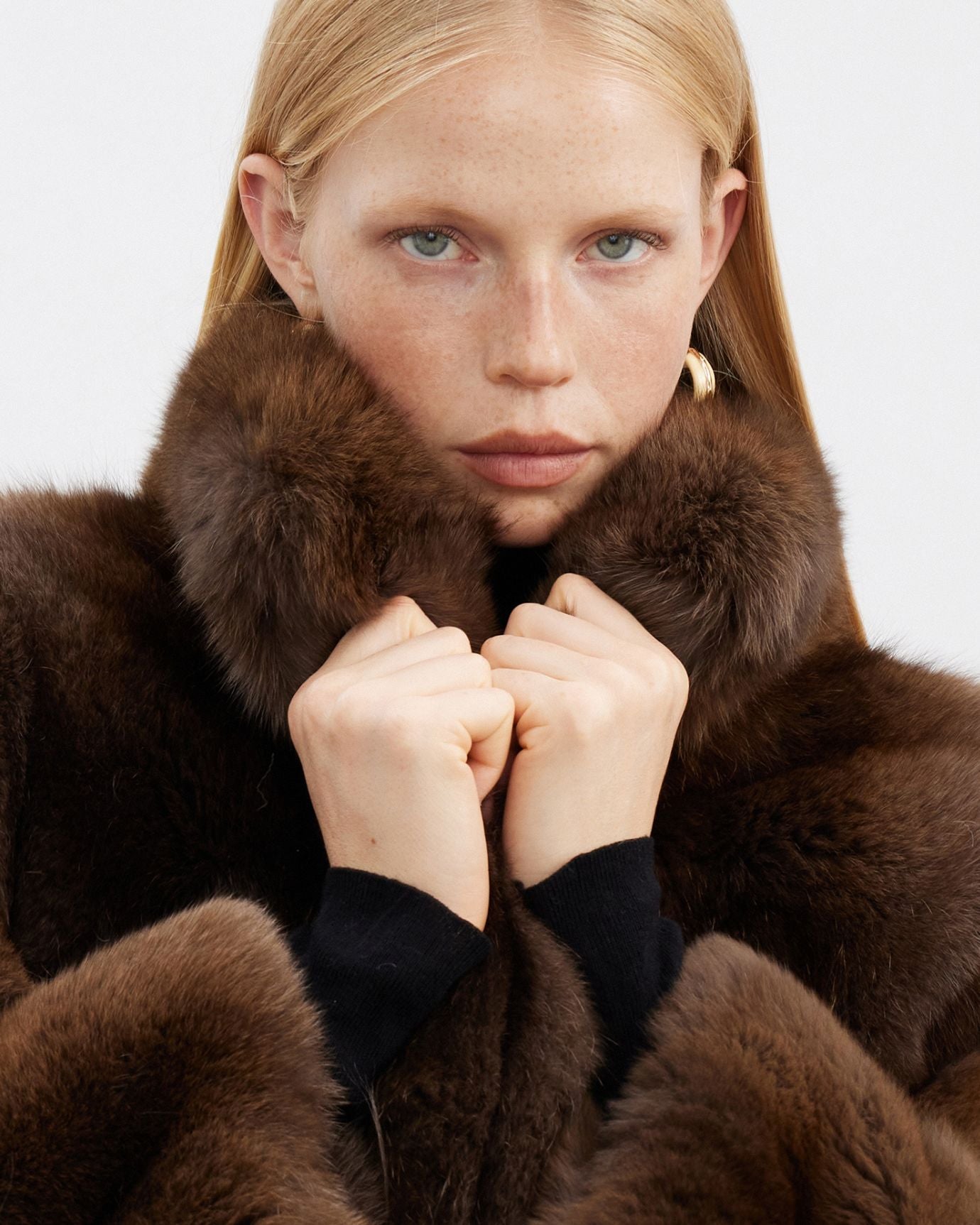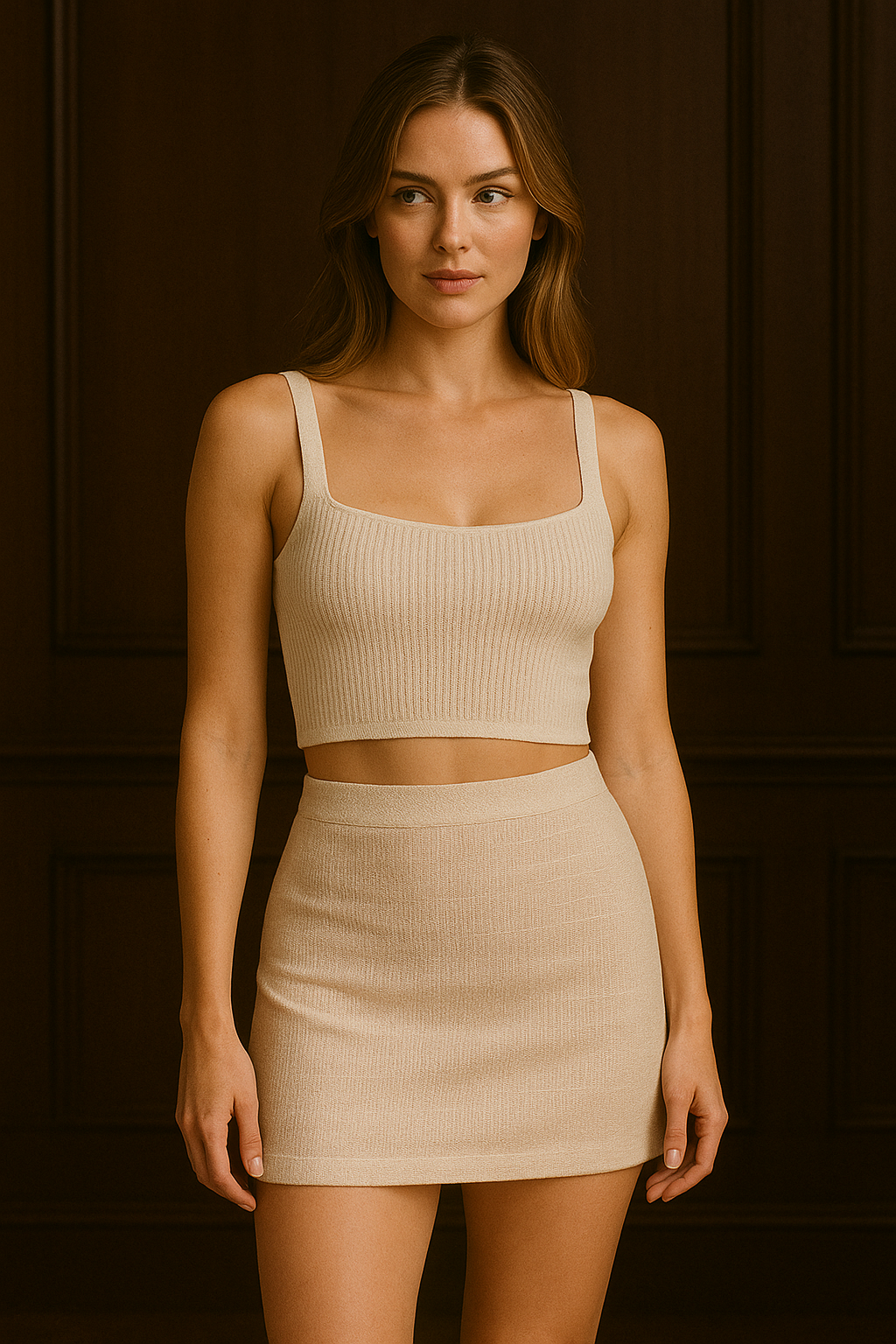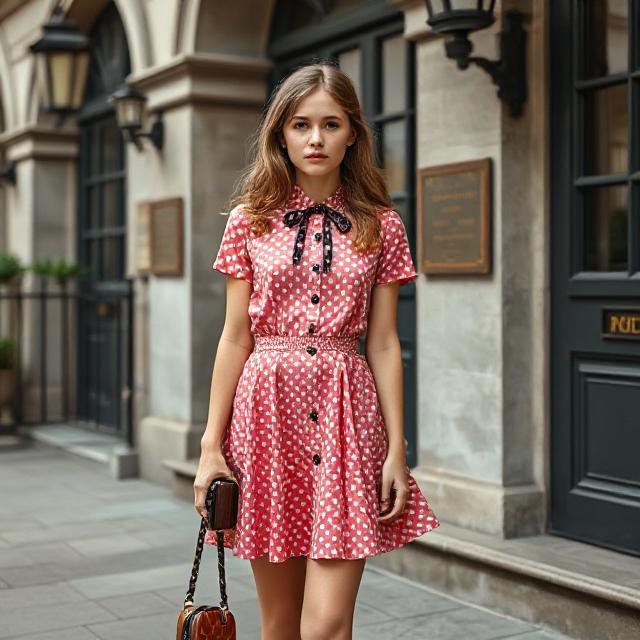
The Revival of Old Money Style in Modern Fashion
The fashion world is no stranger to cycles, but few comebacks have been as impactful and culturally charged as the revival of old money style. This timeless aesthetic, long associated with aristocratic elegance and generational wealth, is making waves among fashion-conscious individuals who crave authenticity, refinement, and quiet luxury. In a world dominated by fast fashion and fleeting trends, the resurgence of old money fashion marks a return to values rooted in sophistication and tradition.
Let’s explore how this style has resurfaced, why it’s resonating in modern times, and what it truly means to dress with intention.

What Is Old Money Style?
Old money style refers to a fashion philosophy built around quality, restraint, and understated elegance. Unlike the flashy and logo-heavy aesthetics associated with new money, old money fashion whispers rather than shouts. It emphasizes classic tailoring, neutral tones, fine materials, and a consistent wardrobe built to last decades. This look has historically been worn by members of high society who inherited wealth and prioritized timeless investment pieces over seasonal fads.
The core values behind this style are modesty, structure, and heritage.
Why Is It Coming Back?
The modern resurgence of old money style is a direct reaction to today’s fast-paced consumer culture. Millennials and Gen Z are growing disillusioned with the constant churn of fashion trends and are looking for substance. As sustainability becomes a global concern, people are turning to capsule wardrobes and vintage pieces that echo the ethos of quality over quantity. Social media has also helped, with platforms like TikTok and Pinterest popularizing minimalist aesthetics that favor polished, clean lines over maximalist chaos.
In this environment, the old money look has become a symbol of refined rebellion.
The Rise of Quiet Luxury
One major factor fueling the return of this style is the rise of quiet luxury — a fashion trend that aligns perfectly with old money sensibilities. Quiet luxury avoids visible logos and leans into neutral colors, luxurious fabrics, and subtle tailoring. Celebrities like Sofia Richie Grainge and designers like Brunello Cucinelli are influencing a shift toward elegance that doesn’t beg for attention. Instead of flashy designer names, it’s the fit, fabric, and craftsmanship that stand out.
This discreet approach to style reflects deeper values, emphasizing long-term appeal over momentary hype.
Gen Z’s Fascination with the Aesthetic
Interestingly, the generation leading this revival is not the one historically associated with it. Gen Z, raised in a hyper-digital world filled with trends and influencer culture, has become obsessed with the calm, curated feel of old money fashion. From thrifted cable-knit sweaters to pleated trousers and structured coats, young people are embracing these styles not as costume but as a form of modern identity.
They crave meaning in what they wear, and old money fashion offers a narrative — one that speaks of class, grace, and timeless relevance.
Key Elements of the Look
To understand the power of this style, we need to break down its most recognizable components. The old money wardrobe typically includes:
-
Tailored blazers and trench coats
-
Silk blouses and crisp white shirts
-
High-waisted trousers and wool skirts
-
Leather loafers, ballet flats, or equestrian boots
-
Fine knits in muted tones
-
Pearl earrings, signet rings, and understated accessories
Each piece is chosen not for attention, but for its ability to blend into a seamless ensemble that speaks of quiet confidence.

Vintage as a Vehicle of Style
The vintage movement has played a crucial role in popularizing this aesthetic. Shopping secondhand has become a badge of honor, allowing fashion lovers to discover unique, high-quality pieces with history. Thrifting and consignment shopping align perfectly with the old money principle of longevity. Vintage Ralph Lauren, Burberry trench coats, and old-school cashmere are no longer just fashion finds — they’re status statements in a culture that values sustainability and authenticity.
In this way, old money fashion isn’t just about appearance, it’s a philosophy.
How Brands Are Responding
As demand for this style grows, brands are responding with collections inspired by old money aesthetics. Labels like Max Mara, Celine, The Row, and even Zara have leaned into minimalist tailoring, subdued color palettes, and elevated basics. High-end fashion houses are reviving archive pieces while new designers build their lines around longevity and restraint.
Retailers have realized that consumers are looking for garments they can keep and cherish, not discard after a single season.
The Role of Culture and Media
Popular TV shows like Succession and The Crown have brought old money fashion to mainstream attention, showing audiences how subtle elegance plays out in elite circles. Characters like Shiv Roy and Princess Diana have become fashion icons not because of extravagance, but because of their composed, clean, and intelligent style.
This media influence has helped reframe the old money look as aspirational, smart, and culturally informed.
Making It Modern
While old money fashion is rooted in tradition, its modern revival comes with updates. Today’s interpretations are more inclusive, often blending elements of streetwear, gender-fluid tailoring, and bold personal expression. Young stylists and influencers are taking the essence of the aesthetic and pairing it with modern silhouettes, making it more accessible and less rigid.
This evolution proves that timeless style isn’t stuck in the past — it adapts while retaining its soul.

How to Incorporate Old Money Style Today
If you’re looking to adopt this aesthetic, start small. Focus on structure and fabric. Invest in a good blazer, neutral knitwear, and a reliable pair of leather shoes. Avoid logos and over-accessorizing. Stick to classic cuts and tones like navy, beige, grey, and cream. Choose natural fabrics like cotton, wool, silk, and cashmere.
The goal is to look elegant and intentional, not trendy or overdone — and most importantly, to feel confident in your simplicity.





